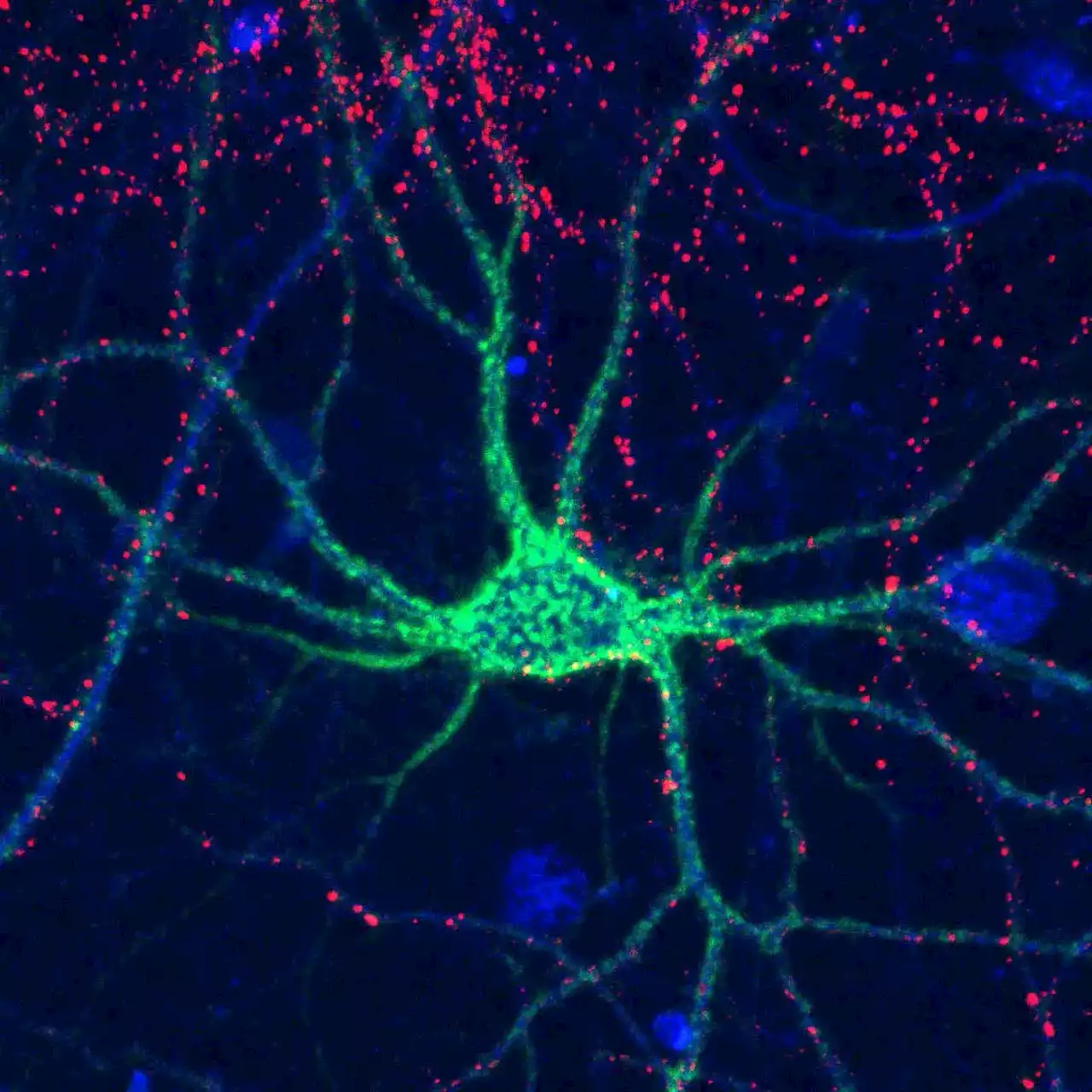Why Adult Plasticity Matters Similar to how toddlers rapidly pick up languages during their formative years, our visual system too has its own 'critical period' in the initial years of life marked by swift development. Beyond this phase, adaptability dwindles, following the saying, 'You can’t teach
Researchers have devised a first-of-its-kind setup for delivering complex visual stimuli within a rodent MRI scanner to understand adult plasticity in the brain’s visual pathways. Credit: Hedi YoungSimilar to how toddlers rapidly pick up languages during their formative years, our visual system too has its own “critical period” in the initial years of life marked by swift development. Beyond this phase, adaptability dwindles, following the saying, “You can’t teach an old dog new tricks.
The study’s central question, therefore, was to explore whether the adult mammalian brain still possesses the ability to reorganize its visual pathway and change even after the critical developmental period has passed.
Having surmounted these challenges, the researchers set out to explore the adult brain’s adaptability to visual signals. They used a model in which rodents are born and raised in the dark until adulthood, well past the critical period of plasticity. Consequently, the brains of these animals had not yet undergone the key processes required for visual specialization.
Second, after exposure to light, the animals’ brains began to change. Even within a week, visual responses became more organized, such that neighboring neurons began to respond to nearby positions in the visual field, and the cells started to react more to specific visual characteristics. The receptive fields of the neurons also became smaller and more spatially selective. After a month, the animals’ brains looked much like those of healthy controls.
While lacking single cell specificity and indirectly reflecting neuronal activity, fMRI facilitates the longitudinal and non-invasive measurement of entire visual areas simultaneously with very high resolution. Adds Shemesh, “Within the preclinical setting, this technique could assist in pinpointing the optimal timing for visual restoration and rehabilitation procedures, enhancing the effectiveness of treatments like retinal stem cell transplantation.”
Deutschland Neuesten Nachrichten, Deutschland Schlagzeilen
Similar News:Sie können auch ähnliche Nachrichten wie diese lesen, die wir aus anderen Nachrichtenquellen gesammelt haben.
 Sweet Memories: Sugars Affect Brain “Plasticity” Helping With Learning, Memory, RecoveryResearchers find that sulfate groups on glycosaminoglycans influence brain plasticity in mice, offering insights into human memory processes and potential therapies for neural damages. Can you recognize someone you haven’t seen in years, but forget what you had for breakfast yesterday? Our brains
Sweet Memories: Sugars Affect Brain “Plasticity” Helping With Learning, Memory, RecoveryResearchers find that sulfate groups on glycosaminoglycans influence brain plasticity in mice, offering insights into human memory processes and potential therapies for neural damages. Can you recognize someone you haven’t seen in years, but forget what you had for breakfast yesterday? Our brains
Weiterlesen »
 Certain sugars affect brain 'plasticity,' helping with learning, memory, recovery -- ScienceDailyCan you recognize an old friend, but forget what you had for breakfast yesterday? Our brains constantly rearrange their circuitry to retain information, but the molecular basis behind this process isn't well understood. New research suggests that complex sugars called glycosaminoglycans might play a major role in the 'plasticity' of the brains of mice and could be used to repair neural connections after injury.
Certain sugars affect brain 'plasticity,' helping with learning, memory, recovery -- ScienceDailyCan you recognize an old friend, but forget what you had for breakfast yesterday? Our brains constantly rearrange their circuitry to retain information, but the molecular basis behind this process isn't well understood. New research suggests that complex sugars called glycosaminoglycans might play a major role in the 'plasticity' of the brains of mice and could be used to repair neural connections after injury.
Weiterlesen »
 Is It Time for a Sleep Divorce? To Sleep or Not to Sleep TogetherHow some couples are rethinking healthy sleep — and healthy relationships — by getting a sleep divorce
Is It Time for a Sleep Divorce? To Sleep or Not to Sleep TogetherHow some couples are rethinking healthy sleep — and healthy relationships — by getting a sleep divorce
Weiterlesen »
 San Francisco rethinking driverless cabs after Cruise robotaxi crashes with an on-duty firetruckA Cruise driverless robotaxi drove through a green light and collided with an on-duty fire truck in San Francisco.
San Francisco rethinking driverless cabs after Cruise robotaxi crashes with an on-duty firetruckA Cruise driverless robotaxi drove through a green light and collided with an on-duty fire truck in San Francisco.
Weiterlesen »
 20-year-old to be tried as adult on reckless murder, assault charges in Dadeville massacreJohnny Letron Brown, a 2022 Reeltown High School graduate, is among six charged after four people were killed and at least 25 others injured.
20-year-old to be tried as adult on reckless murder, assault charges in Dadeville massacreJohnny Letron Brown, a 2022 Reeltown High School graduate, is among six charged after four people were killed and at least 25 others injured.
Weiterlesen »
